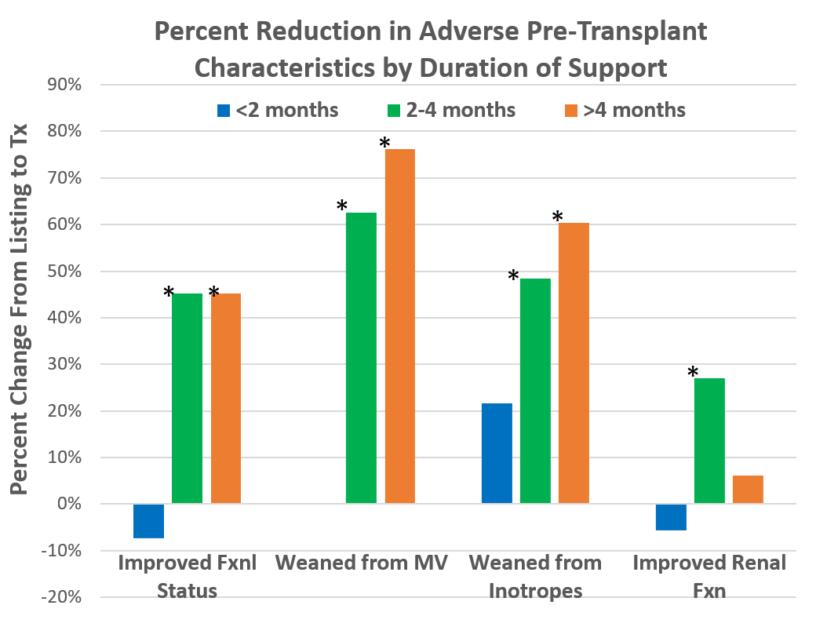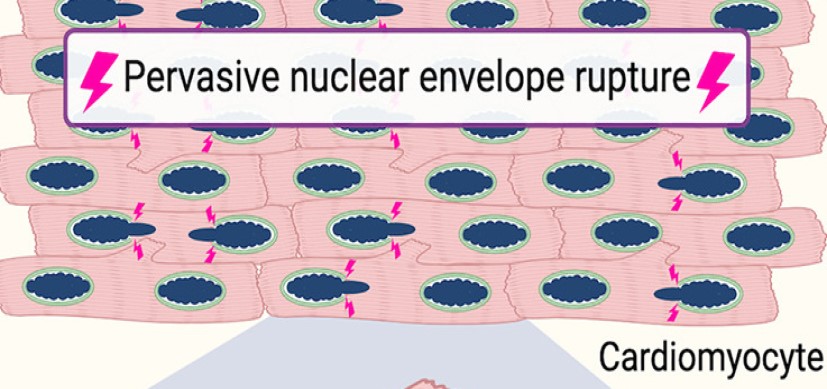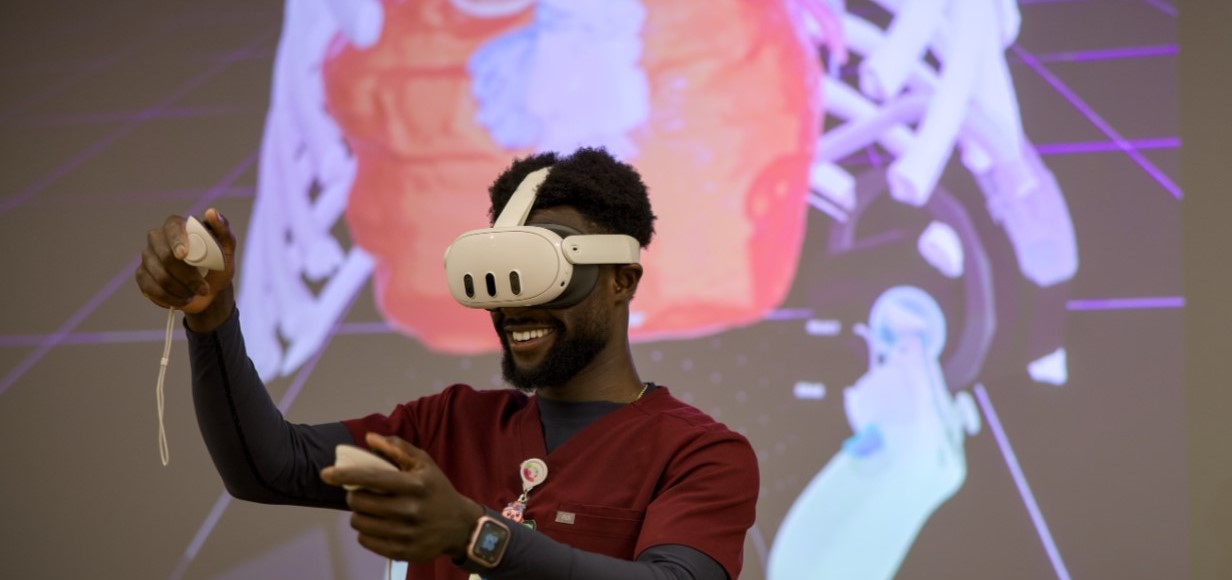2-4 months of VAD Support Optimal for Pediatric Heart Transplant Outcomes
Research By: Kyle Riggs, MD | David Morales, MD |
Post Date: November 25, 2019 | Publish Date: Sept. 30, 2019

Ventricular assist devices (VADs) are life-saving machines implanted in children with severe heart failure from congenital heart disease or cardiomyopathy, when they are too sick to get to heart transplantation. The VADs not only allow many of these patients to reach transplant who would have died waiting (in fact 2x more patients), but improves them as candidates for transplantation.
Understanding the optimal length of time of support for children on these devices before transplantation has been the focus of new research by David Morales, MD and his team.
Morales and first author Kyle Riggs, MD, reported in the American Society for Artificial Internal Organs (ASAIO) Journal that use of VADs prior to pediatric heart transplantation may allow time to improve organ function and promote better survival after heart transplantation. They identified the use of VADs for 2-4 months prior to transplant was optimal, with significant organ recovery and the best posttransplant outcomes.
In pediatric patients supported by a VAD for >2 months, many factors improved versus those with VAD use <2 months. For example, lung and kidney functional improvements were found between time of listing to actual transplant, alongside greater survival post-transplant. Improvements in the need for heart contraction medication (inotropes) and mechanical ventilation decreased in those supported with a VAD for a greater period of time (as can be seen in the image).
Read a Cincinnati Enquirer article about a Mason girl who reached transplant with support from the HeartMate3
These hugely beneficial findings of using VAD support for some time prior to pediatric heart transplant were found for different types of VAD devices currently used in the clinic. Riggs found that the optimal time of support before transplant was >3 weeks in devices which continuously flow blood (with no upper limit), and 2-4 months in others that pump. These discrepancies are likely due to the difference in the severity of illness between patients getting these two types of devices.
This first multi-center review of pediatric VAD support, linking the duration of VAD use to post-transplant survival provides essential knowledge to clinicians. It would seem that pediatric patients requiring VAD support prior to heart transplantation should be supported by a VAD for a length of time before undergoing transplantation, to improve overall outcomes and survival.
Read more about Dr. Riggs’ personal experience with a cardiac birth defect
—This post was authored by Emma Agnew, PhD, Research Fellow, Heart Institute at Cincinnati Children’s. Find Dr. Agnew on Instagram @emmascience and Twitter @DrEJAgnew
| Original title: | Optimizing Postcardiac Transplantation Outcomes in Children with Ventricular Assist Devices. How Long Should the Bridge Be? |
| Published in: | ASAIO Journal |
| Publish date: | Sept. 30, 2019 |
Research By








